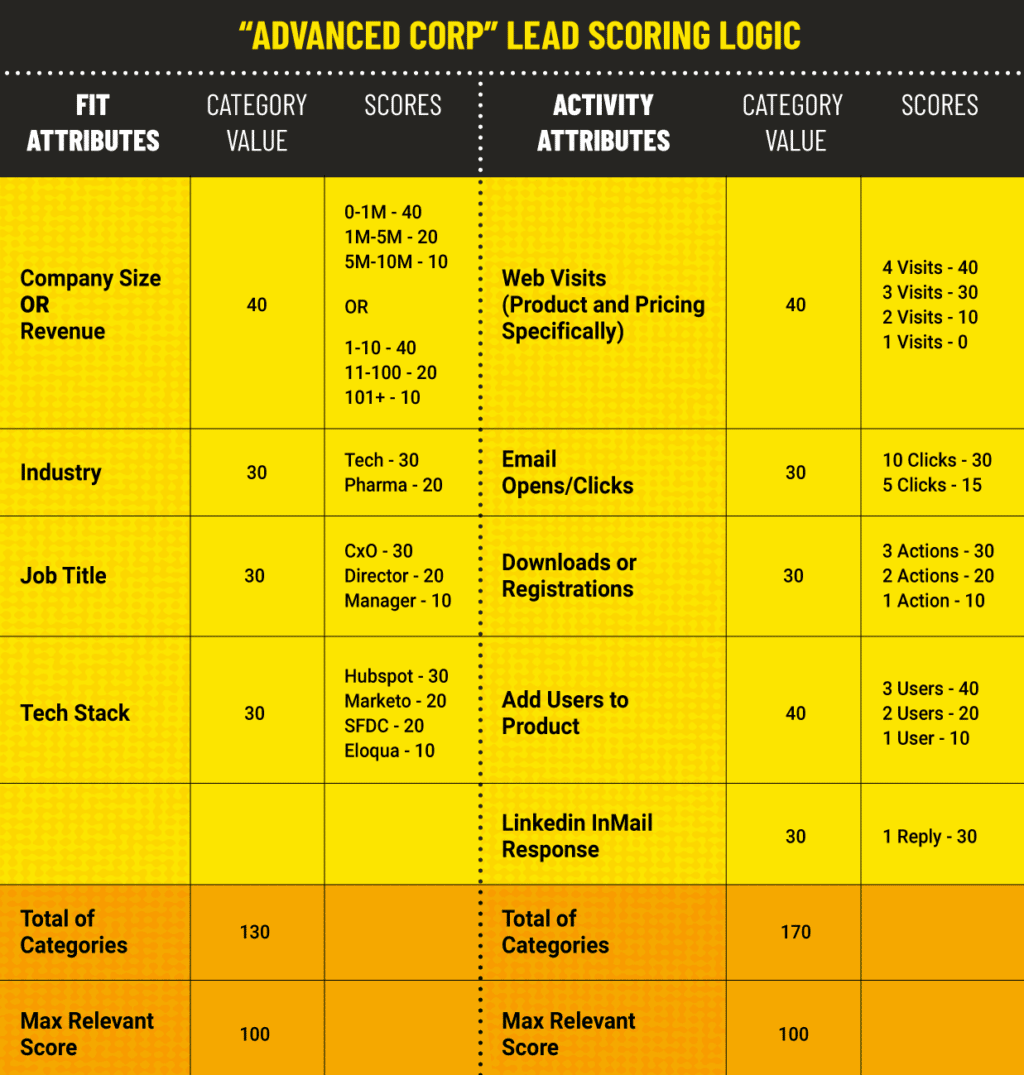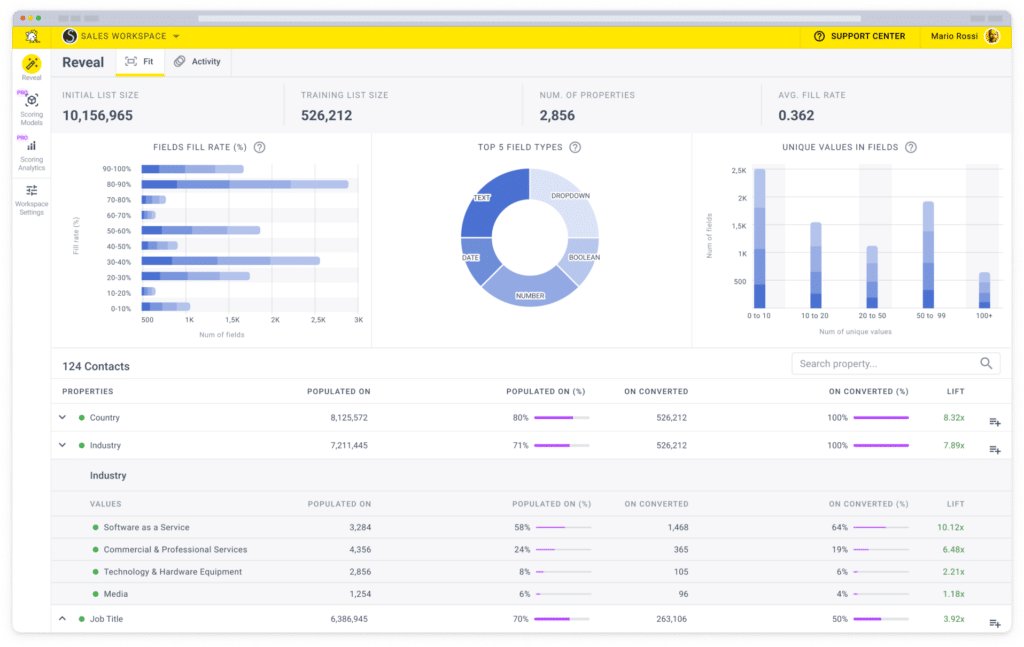As more consumers turn to the Internet for nearly everything, there’s a strong chance that you’ve become quite familiar with digital marketing.
But you probably haven’t become acquainted with a digital marketing strategy known as performance marketing.
And that may be because it’s not talked about often, making it one of the most overlooked digital marketing strategies out there.
This guide covers the basics of performance marketing, how it works, why you should use it, and what tools bring the highest ROI.
Understanding Performance Marketing
Before you get started, it’s important to get familiar with what it is and how it works.
What is Performance Marketing?
Performance marketing is a form of digital marketing where businesses only pay when a lead or prospect completes a desired action. It could take the form of a completed sale, booking, or download.
This approach allows companies to go about their marketing campaigns in a strategic, high-ROI way because everything is based on performance.
Here’s how it works:
- You pay based on how well your ad performs—often dependent on the number of clicks, impressions, shares, or sales.
- You use different marketing channels like social media, search engines, videos, or embedded web content.
- You connect with an agency or publisher to design and place ads for your company.
Benefits of Performance Marketing
Performance marketing brings a range of advantages for brands looking to increase exposure and attract new customers.
These benefits include:
- Track and measure campaign results. In performance marketing, you only pay for successful transactions. That means you can track every click without having to spend money to advertise your product.
- Extend advertising reach. Access a range of website publishers that promote and market your brand, products, and services.
- Diversify your revenue stream. Performance marketing provides other methods for generating revenue, allowing you to extend beyond your existing sales channels.
- Add innovation and creativity to your marketing. Affiliate marketing is a big part of performance marketing. Affiliates tend to be more aggressive and creative when it comes to marketing products and services. They’re also more flexible, so you can launch a new campaign in just a day or two.
Key Components of Performance Marketing
Let’s break down the components of performance marketing to better understand the term in its entirety.
Pay-Per-Click (PPC)
PPC advertising is a form of performance marketing where you only pay when a lead clicks a link to your website.
The most common platform for this type of marketing is Google Ads.
Here’s how it works:
- A lead performs a search on Google related to your brand, product, or service.
- The first few results will show ads related to the keyword the searcher used (your business ads will appear somewhere in the mix).
- If the customer clicks the ad and lands on your website, you pay for the click.
- If the customer doesn’t click the ad, you don’t pay.
Here’s an example of PPC:

PPC advertising typically involves measuring how much you pay for each click on your ads, also known as cost-per-click (CPC).
Affiliate Marketing
Affiliate marketing is another type of performance marketing. It involves paying an affiliate (usually a high-traffic blog) to market your product or service.
This form of marketing is highly trackable, and you can make decisions based on performance.
Here’s how it works:
- You set up an affiliate program.
- Decide how much each affiliate will earn for each sale.
- Use tracking tools to monitor the performance of each affiliate.
- You only pay when a customer referred by an affiliate makes a purchase or takes a specific action (e.g., filling out a form, signing up for a trial, subscribing to a newsletter, etc.).
SEO
Search engine optimization (SEO) may not fall under the paid umbrella, but it’s still an essential part of performance marketing. Remember that SEO requires ongoing investment in time and resources to achieve and maintain results.
You can check keyword rankings and monitor your SEO strategy’s performance by:
- The percentage of people who land on one of your web pages and leave (bounce rate)
- How much organic traffic your site receives
- Ranking for relevant keywords
Lead Scoring with Breadcrumbs: An Essential Performance Marketing Tool
Now, let’s dive into the meat and potatoes of this performance marketing guide.
The role of lead scoring in performance marketing
Lead scoring is vital to performance marketing because it helps you prioritize and focus your efforts on leads that are more likely to convert into customers. To score leads, you assign points to customers based on certain criteria—like the level of engagement with your company or demographics.
As a result, you can focus your resources on high-scoring leads, making your performance marketing strategies more cost-effective and result-oriented.
An introduction to Breadcrumbs
Breadcrumbs is a revenue acceleration platform with lead scoring at the core.
By identifying and prioritizing leads most likely to convert, you can increase your close rate, shorten your sales cycle, and create high-converting content.
How Breadcrumbs enhances lead scoring
Our lead scoring software integrates with leading customer relationship management (CRM) systems so that you can unify your existing marketing, sales, product, and CX data.
With just a few clicks, Breadcrumbs analyzes this data to help you create a lead scoring model that works for your company.
That way, you can prioritize your most promising leads and get the most out of your team and budget.
Other Essential Tools for Performance Marketing
Performance marketing is all about… well, performance. So, it’s important to use tools to help you measure the performance of your marketing campaigns.
Analytics tools
Analytics tools to consider adding to your tech stack include:
- Google Analytics: One of the top performance marketing tools, Google Analytics, allows you to monitor important key performance indicators (KPIs) like website traffic, traffic sources, number of sessions, session duration, bounce rate, conversation rate, number of clicks, CPC, and more.
- HubSpot: HubSpot is a CRM specialist, a one-stop shop for all your marketing tools and needs. You can track customer behavior, collect customer data, organize your contacts, and review your website performance from the platform.
- Mailchimp: An email marketing platform, Mailchimp, allows you to automate your email marketing efforts. But what makes it so valuable for performance marketing is the ability to turn insights into winning campaigns and more personalized emails. Mailchimp allows you to track open, click, and unsubscribe rates and benchmark them against competitors.
PPC management tools
Here are two of the most popular PPC management tools:
- Google Ads: Google deals with all things search. So, it makes sense that it’s one of the most-used PPC management tools out there. Using Google Ads Editor, you can monitor the performance of your ads in a single pane.
- WordStream: WordStream’s biggest feature for PPC management is Google Ads Performance Grader. This benchmarking tool is great for helping advertisers understand the quality of their campaigns and identify missed opportunities.
SEO tools
Below are some of the top search engine optimization tools for performance marketing success:
- Ahrefs: Ahrefs has the most prominent backlink index of all SEO tools. Get backlink audits, use keyword explorers, conduct competitor analysis, and track URL rankings.
- Semrush: Provides SEO analysis, competitor analysis, keyword research tools, content marketing, campaign management, and more.
- Google Search Console: Track your website traffic, see keyword performance, troubleshoot problems, and receive technical SEO advice.
- Moz: An all-in-one SEO software suite. Gather data on your site’s rankings, page optimization, crawl, and link metrics.
- Prerender: A dynamic rendering SaaS software. Easily index your Java Script website by search engines. It eliminates indexing and crawling limitations on HTML sites and allows you to rank higher on SERPs.
Implementing Performance Marketing: A Step-by-Step Guide
Follow these simple steps to get your feet wet with performance marketing.
1. Set up your tools
As with most marketing strategies, the first step is deciding on the tools you’ll need (or want) to add to your tech stack.
The tools you select will likely depend on your unique goals. For example, if you want to improve your email marketing, you might use an email marketing platform to help you keep track of your campaign performance.
On the other hand, you may want to boost your SEO rankings. In that case, you’ll probably leverage an SEO tool to see how well you rank for keywords and what you need to work on.
Once you have set up your tools, you can get started with your strategy.
Need help setting your goals?
A well-crafted business plan is a guiding compass for success, allowing you to strategically use the right tools as you explore the world of performance marketing.
Tangible business plan examples are invaluable guides that highlight the path to aligning these marketing strategies seamlessly with the overarching business objectives.
2. Develop a performance marketing strategy
To develop a performance marketing strategy, choose relevant KPIs (e.g., conversion rate, click-through rate (CTR), cost per acquisition).
And be sure to use multiple channels like paid advertising (e.g., Google Ads, social media ads), content marketing, email marketing, influencer partnerships, affiliate marketing, and SEO. For instance, consider a brand like StudioSuits, which specializes in handcrafted men’s suits and pants.
By leveraging social media for visual content, Google Ads for search visibility, blogs for informative content, and email marketing for personalized communication, StudioSuits covers various touchpoints in the customer journey.
3. Track and optimize your performance
Regularly track and analyze performance data to get the most bang for your buck. Use the analytics tools we discussed above to:
- Measure your campaign’s effectiveness
- Make data-driven decisions
- Identify improvement areas
Adjust your targeting, messaging, and budget allocation based on performance data to maximize ROI.
Conclusion: Maximize Your Performance Marketing Efforts
And there you have it. A simple yet effective guide to performance marketing.
Performance marketing is an excellent solution for business owners who want to maximize ROI. You don’t have to worry about paying for marketing or advertising until a customer takes a specific action, whether a purchase, download or click. You can use various tools to optimize campaigns, from email marketing platforms to SEO software.
The Role of Breadcrumbs
At Breadcrumbs, lead scoring is what we do best. Prioritize only the most promising leads, reveal hidden leads’ insights, and build your data-driven ICP. And that’s the secret recipe for optimizing your performance marketing strategy.
To improve the performance of your marketing efforts, try Breadcrumbs for free today.




